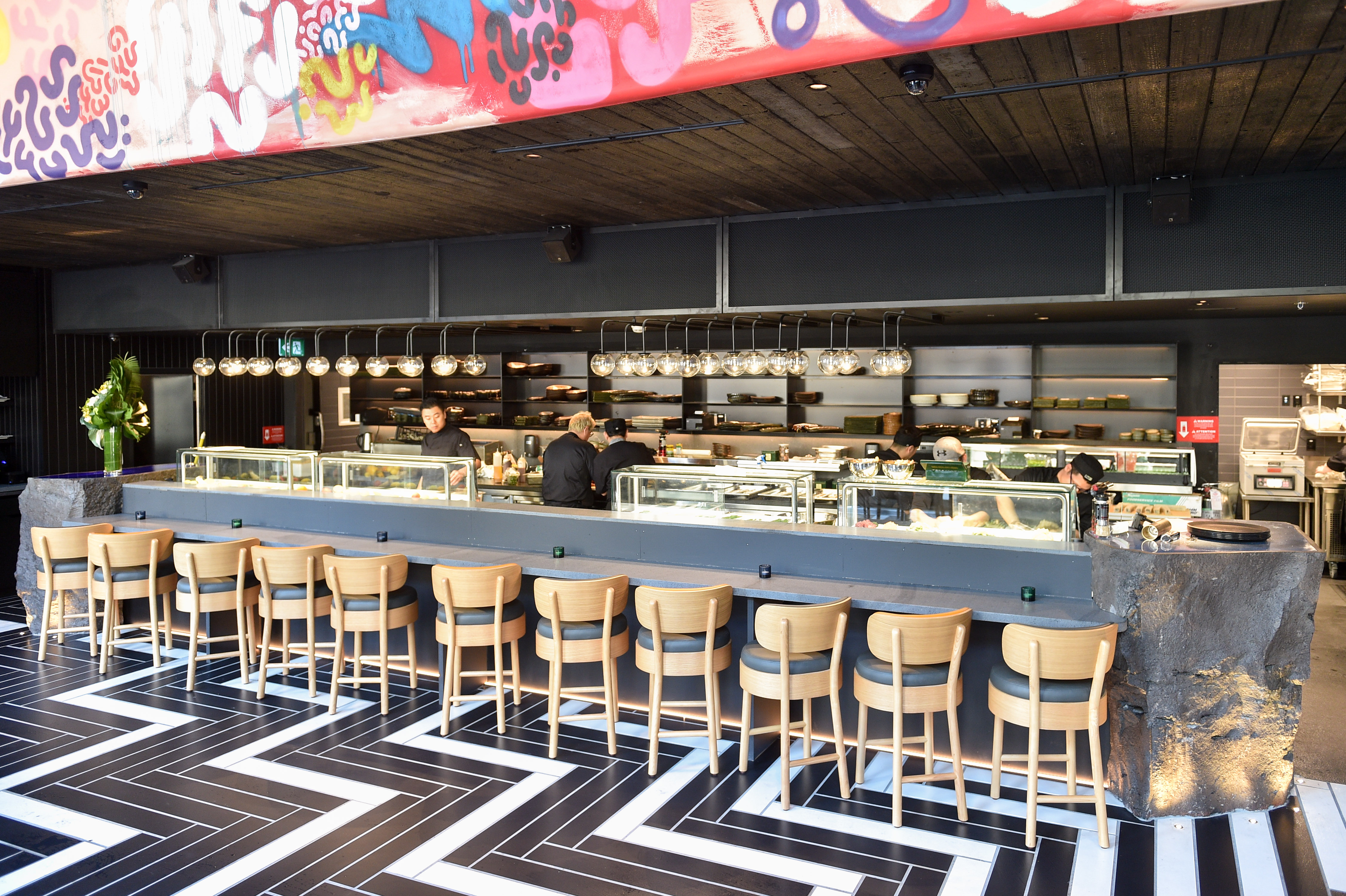MIL: A Culturally Revitalizing Restaurant in the Peruvian Sky
Potatoes, quinoa, and clouds.
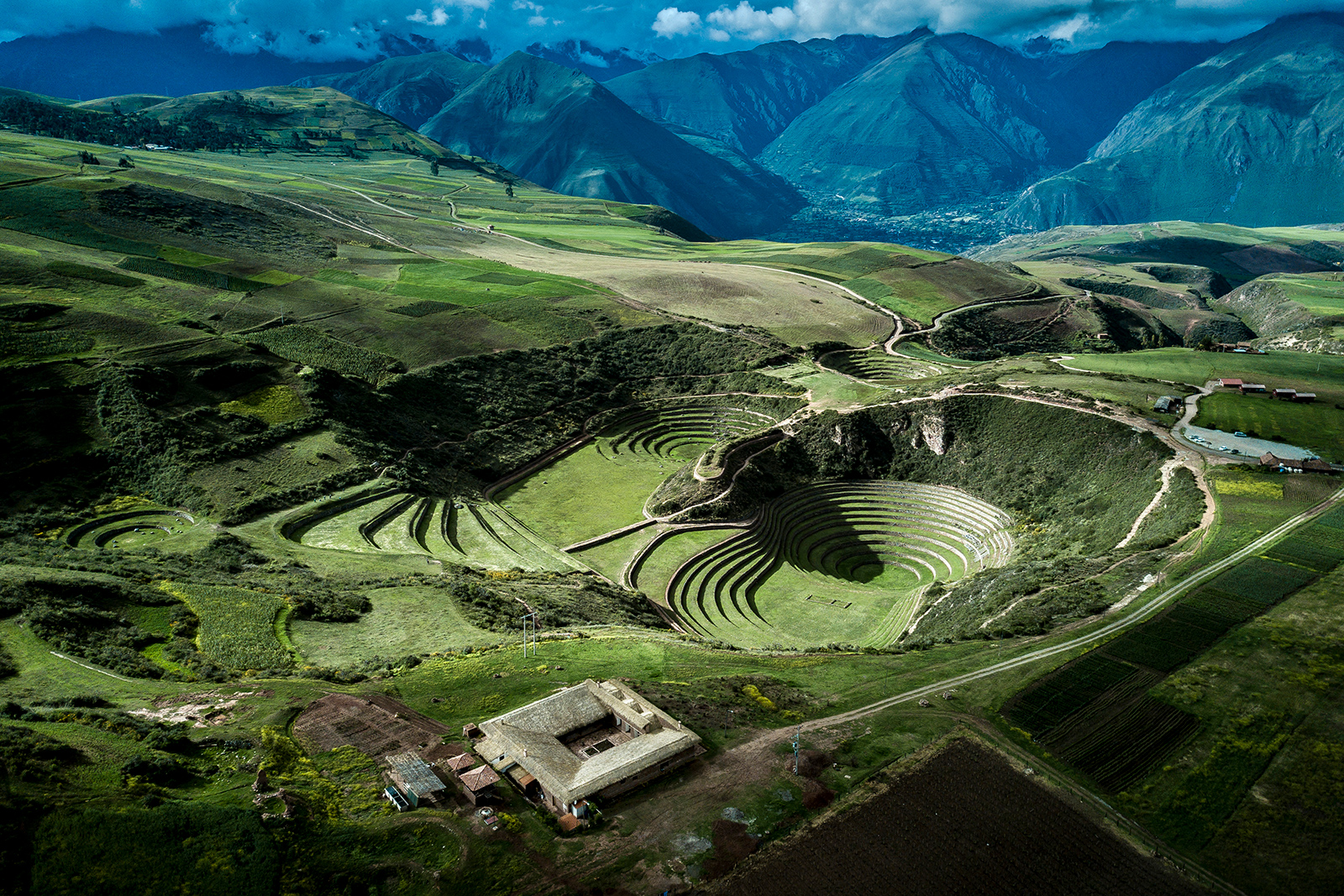
MIL is one of the highest restaurants in the world.
Driving through the town of Maras, in the Cusco region of Peru, the air is heavy with salt, as if a chalky filter has been placed over the landscape: the ochre hills, the narrow roads abutting houses with blue doors and crumbling edges, and the local women with their colourful jackets and famous bowler hats. Just outside of town, toward the Urubamba River and the Sacred Valley of the Incas, there are thousands of open-air salt evaporation pools, in operation since the time of the Incas.
Leaving Maras, the air clears and the indigo silhouettes of the Andes relate the scale of the region—including its altitude; it becomes harder to breathe as the trail winds up to Moray. Moray is a site that has baffled archaeologists for decades. One theory suggests that the massive concentric circles cut deep into the mountaintop were terraces, the difference in elevation and sunlight allowing crops from a variety of different environments to grow. Whatever the rationale for building it, Moray resonates with ingenuity; and MIL, which overlooks the ancient stonework, follows suit.
MIL, the brainchild of famed Lima chef Virgilio Martínez, is not flashy from the outside. Its thatched roof and mud brick siding almost blend into the tawny hills. But inside, MIL comes to life, and visitors soon realize that it is more than just a restaurant. A sloping hallway decked with a variety of drying plants—hinting at the heterogeneous agricultural ethic of the establishment—leads to an open-air courtyard. Around this are glass walls that allow a look into the dining room, the tasting room, and Mater Iniciativa, the research arm.
The name MIL (pronounced “meal”, the same as Spanish for a thousand) is fitting. The restaurant is 3,500 metres above sea level, and it utilizes some of the over 4,000 different species of potato native to Peru. The focus on this wide array of agriculture pays homage to Moray, but also to the ingenuity of Andean farmers, a culture that the operators of the restaurant try to preserve at every culinary turn.
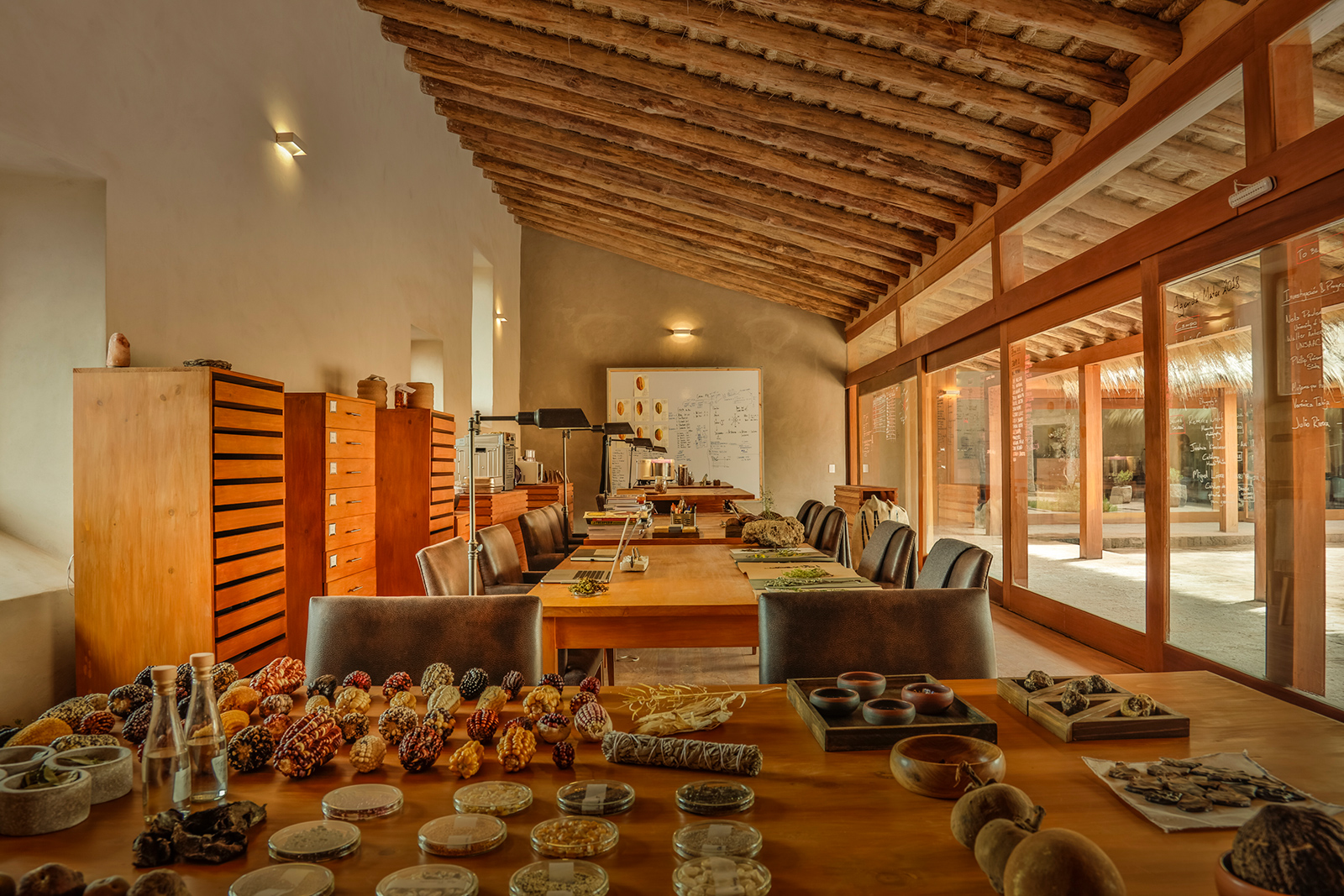
The lab at Mater Iniciative, where staff works to sustainably source and study regional agricultures.
In the Mater Iniciativa office, staff are hard at work researching ways to bring varieties of crops to local farmers so that MIL can source a huge variety of Peruvian foods while also helping the communities it is neighbour to. This mission makes sitting down for a meal at MIL so much more satisfying. Luis Valderrama’s kitchen offers dishes that highlight the unique culinary mission of the establishment, presented in a decidedly modern way.
Courses with names like “Plateau” feature cabuya nectar, lamb, kañihua grain, and white quinoa. Unbelievably coloured potatoes are served in massive stone vessels topped with edible chaco clay, and many of the spirits are infused on-site with local plants and herbs. Careful with the booze here, though—the altitude makes it go straight to your head.
Ambience and lack of oxygen inspire a state of reflection for those in the space. Small windows cut into the mud brick offer views of the mountains beyond, and servers offer diners alpaca blankets to keep away the mountain chill.
Cocoa, in different concentrations, is available raw in the small gift shop selling local goods. MIL prides itself on processing cocoa into the restaurant’s very own chocolate. The 90 per cent cocoa is bitter but enlivening, giving the body a boost to beat the altitude.
While extreme, the experience of visiting and eating at MIL restaurant in Peru is not only trendy, but an accomplishment. Its model of sustainable, regionally conscious cuisine is an inspiration and a treat.

Left: The entrance to MIL; Right: Fresh herbs hang to demonstrate the variety of local produce.
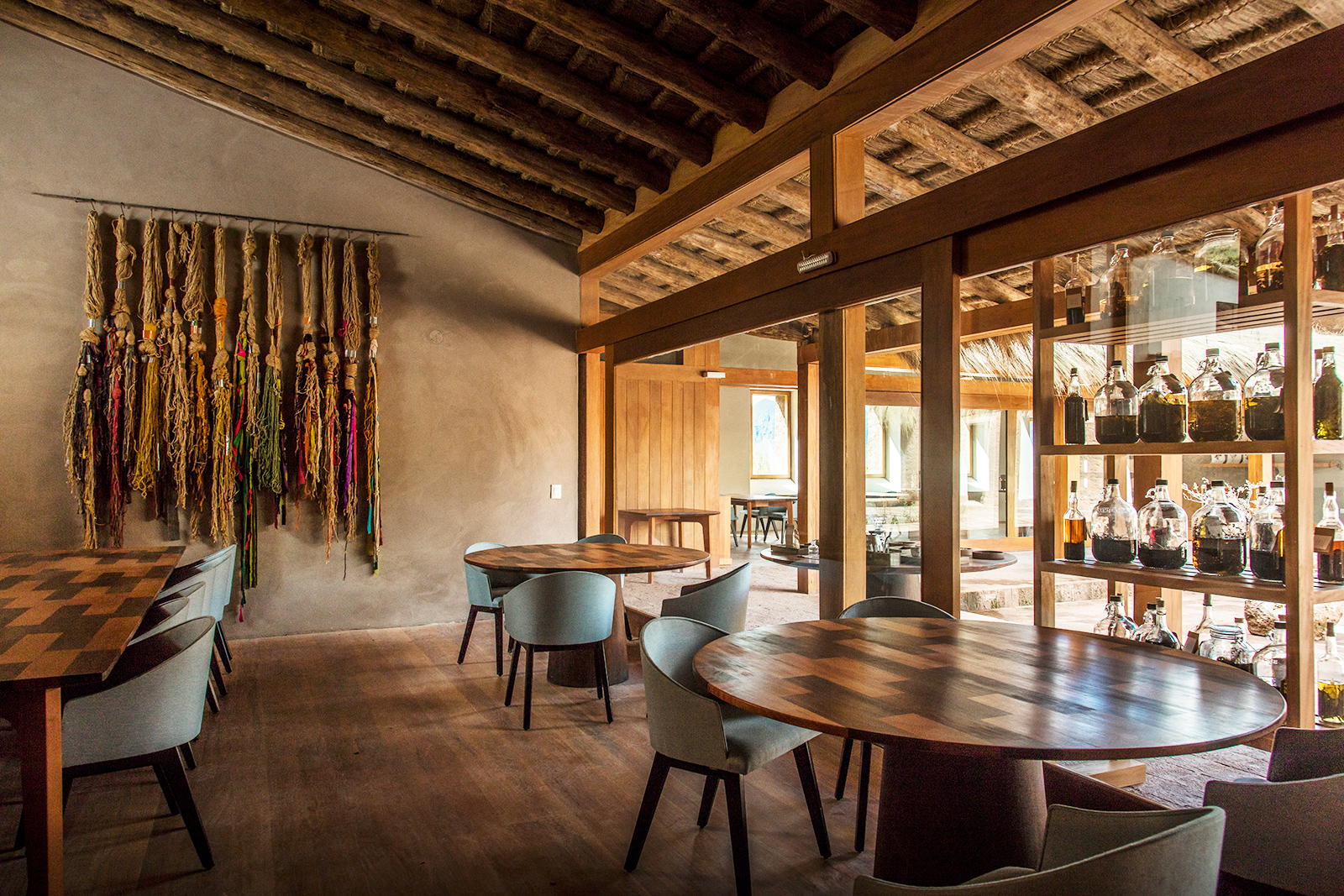
The tasting room at MIL.
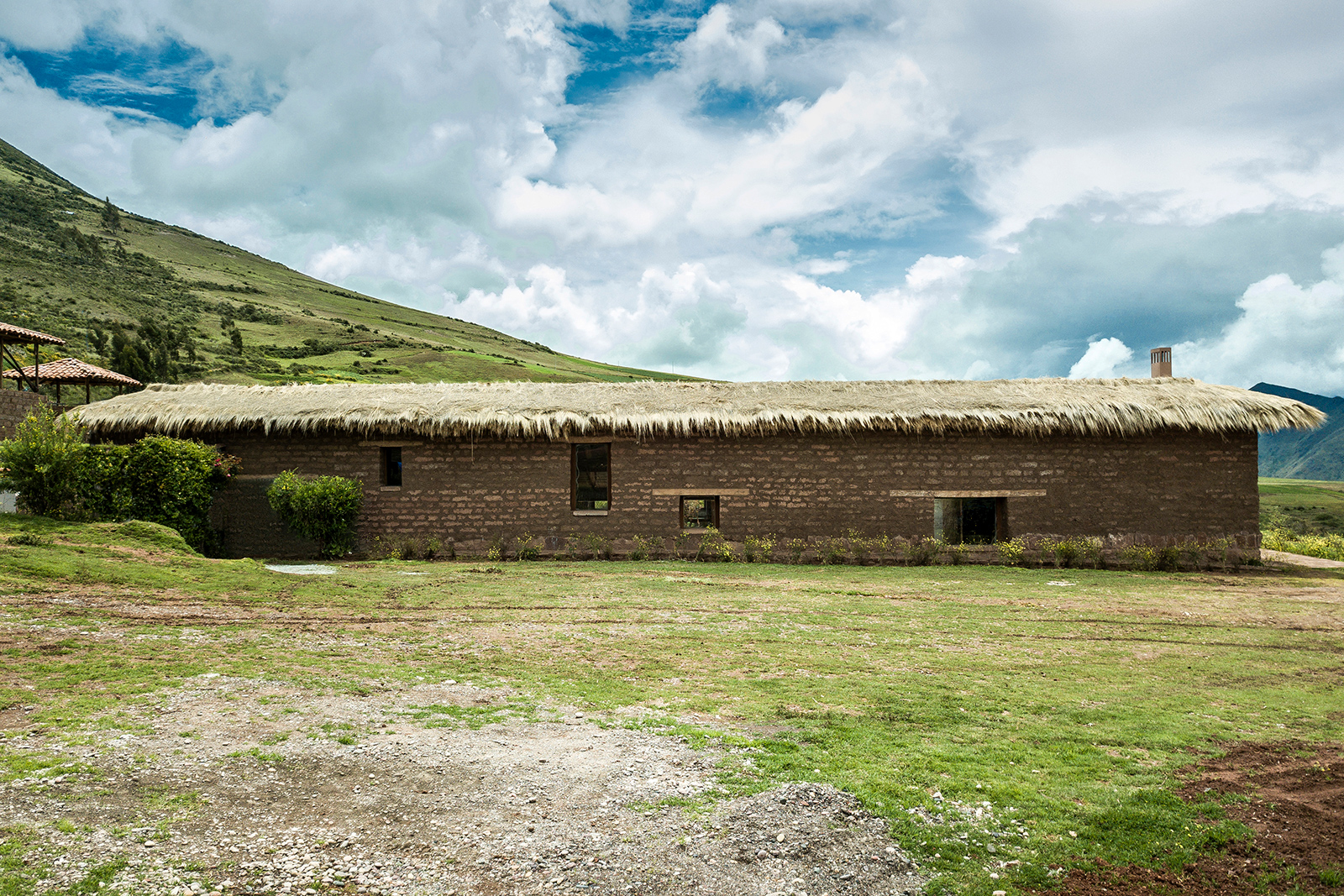
The humble façade of MIL.
________
Never miss a story. Sign up for NUVO’s weekly newsletter here.



